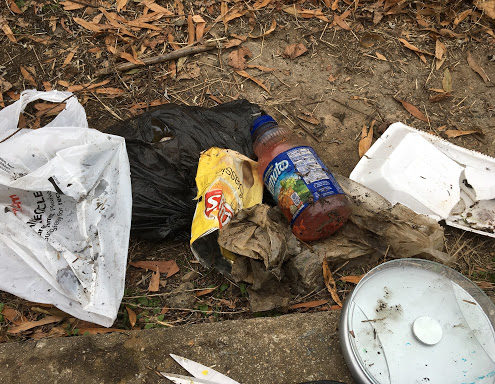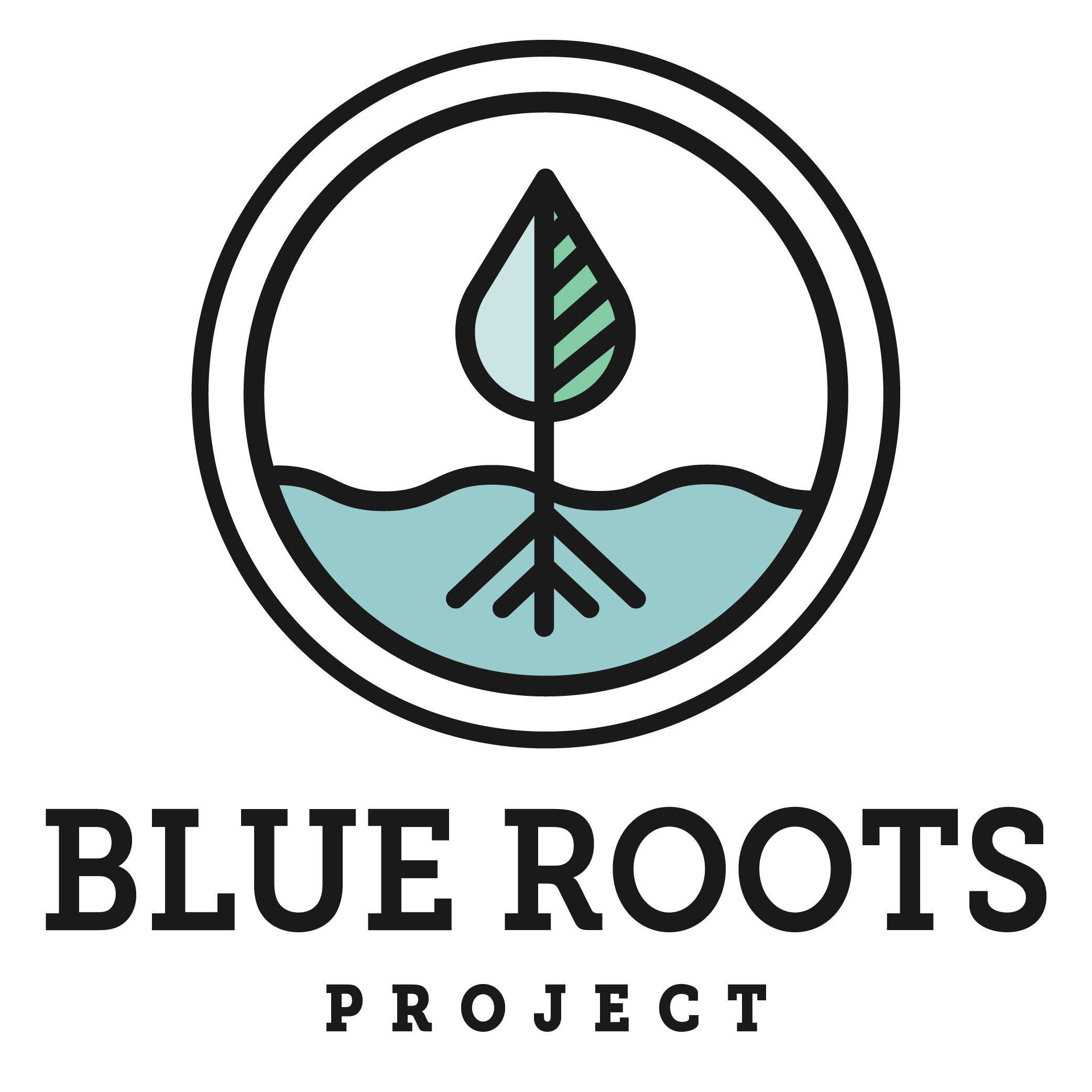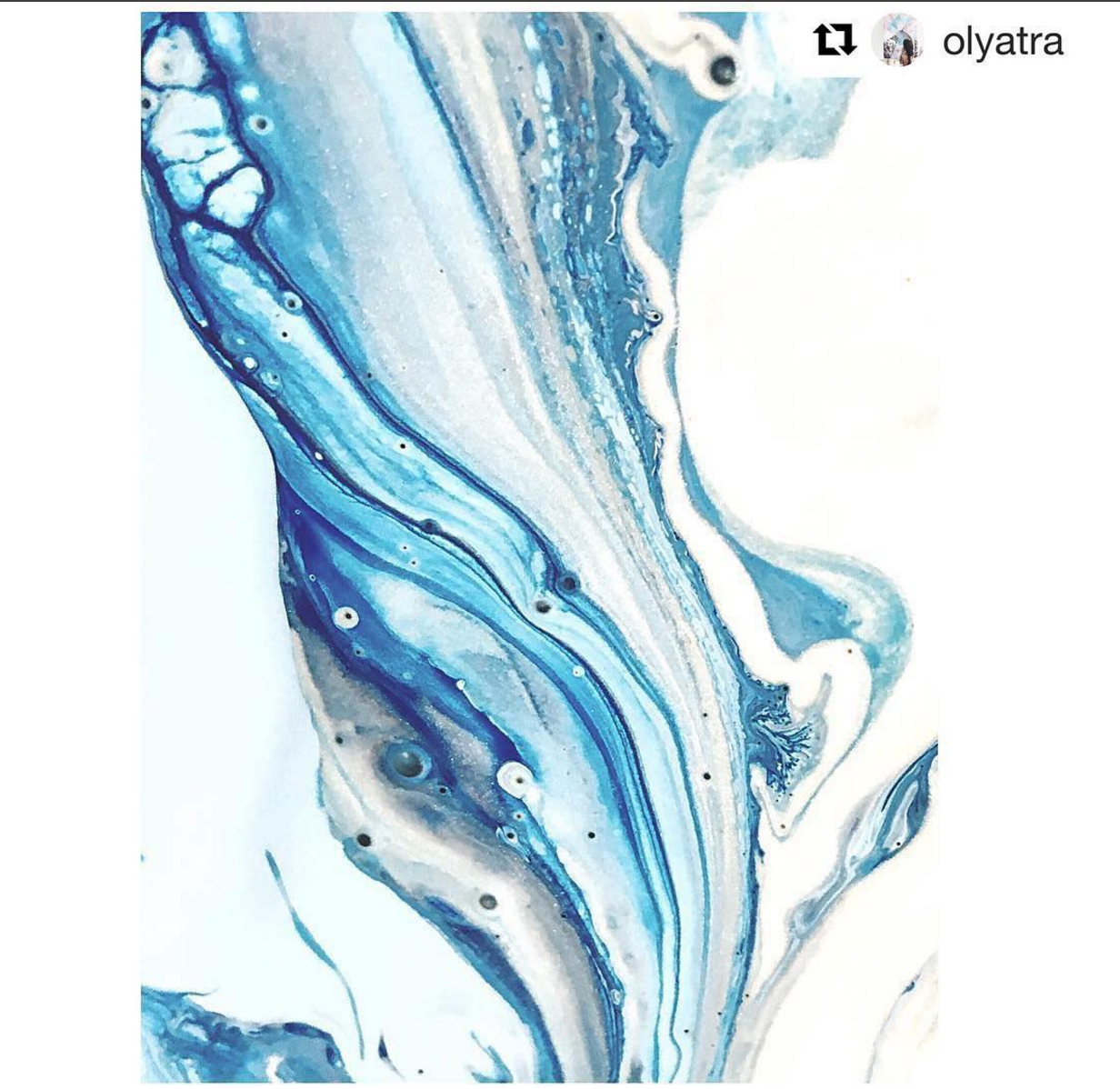Tech Innovations + Water
The week of World Water Day was a flurry of activity for the Blue Roots Project team and for people celebrating the day across the globe. On World Water Day alone we received more than 100 submissions to the #MyWaterStory campaign. It’s now been nearly a month since World Water Day 2017, and even longer since we launched Blue Roots Project, but we’re still collecting water stories and highlighting the stories of our contributors.
The continued submissions we receive through the website and on social media are a reminder of the importance of water and the work happening around the world related to the water crisis, not just on World Water Day. This week brought a couple interesting submissions that apply tech we use in other areas of our lives (data analytics and robots!) to challenges we face related to the water crisis.
This week we’re highlighting a couple submissions we received this week that are promoting innovation and the use of technology to help solve water issues.
Edrop + prototyping for change
The company behind this gadget made an appearance at Hardware Massive in Warsaw, Poland. Although the event wasn’t focused on water, what a great opportunity for the makers of the device, which provides data about water usage to encourage users to conserve water.
Students tap robot to help with waterway cleanup

Here’s trash collected by the robot, called Rubbish Ray, from a waterway in the Washington, D.C.-area.
Ninth graders created Rubbish Ray to help cleanup waterways in their Washington, D.C.-area community. The robot, developed last year, collects trash in water. The project is hoping to expand its number of robots through a fundraising campaign that started this year. Here’s their story, in the words of Gavriel who submitted their story on our website:
Our robot, the Rubbish Ray, is an autonomous system that collects trash from nearby streams and rivers. This year, in the 9th grade, we used our robot to collect over a kilogram of trash from a local stream for our science fair project. However, in the future, we plan to expand both the functionality and design of our robot. We plan to develop a multi-robot platform that is able to operate in a swarm to organize trash collection routes, as well as dispose of trash on its own. In addition, we have designed a new prototype that will allow for rapid reproduction, and the creation of more units.
The current state of the Potomac River and nearby streams reflects the years of neglect placed upon it. Both chemical and solid waste choke our waterways, waterways that should be enjoyed by the citizens, and healthy for the wildlife that call them home. The large amounts of solid waste have many harmful effects on the health of aquatic ecosystems. These include the interruption of sunlight reaching plants below the water’s surface, ingestion of trash by fish, birds, and other marine organisms, and the further leakage of chemical waste into the water. In addition to the environmental effects, the pollution of our waterways also has impacts on human beings. Over 34,000 citizens in the Chesapeake bay region rely on the health of the watershed for their income. From fishermen to tour guides, the watershed provides an income to many people, and if the water is polluted, their lively hoods are threatened. Our project aims to help alleviate these problems that have been observed in our community, and to help improve the health of a resource shared by all. However, support is needed to reach our goal. In order to build three, large, Autonomous robots, we need to raise approximately $500.
Interested in learning more? Here’s the fundraising page for the project.

